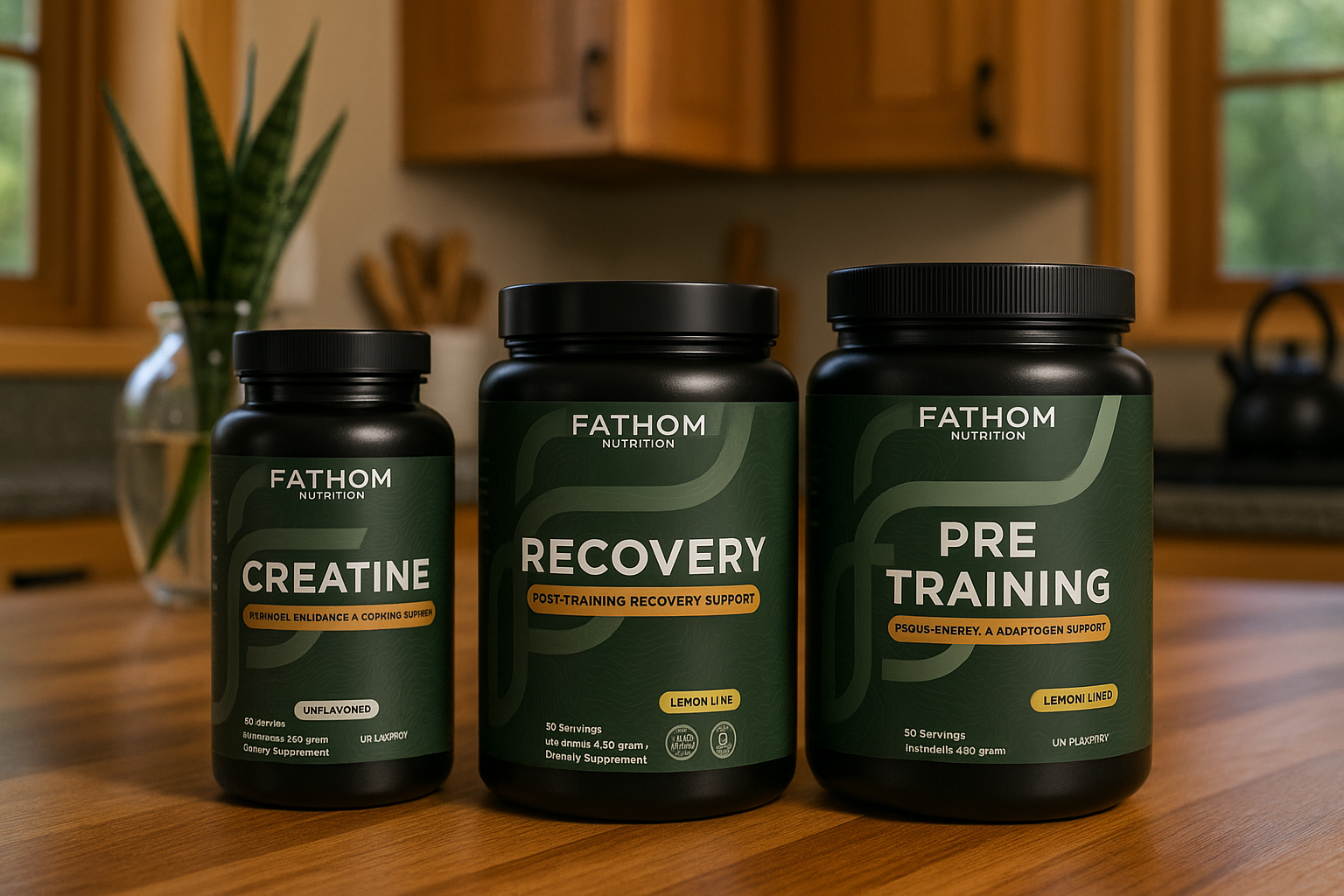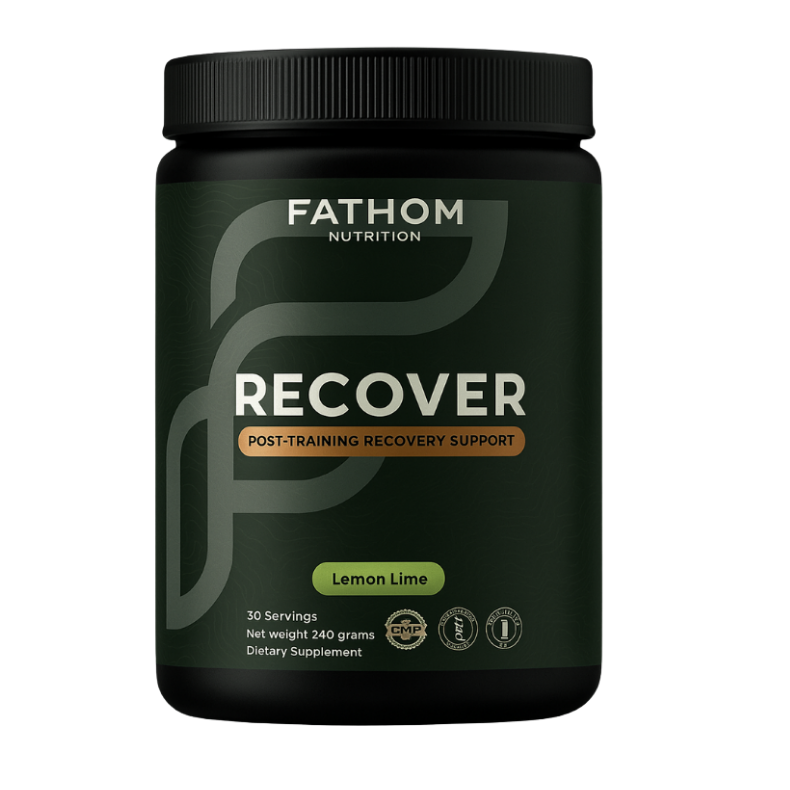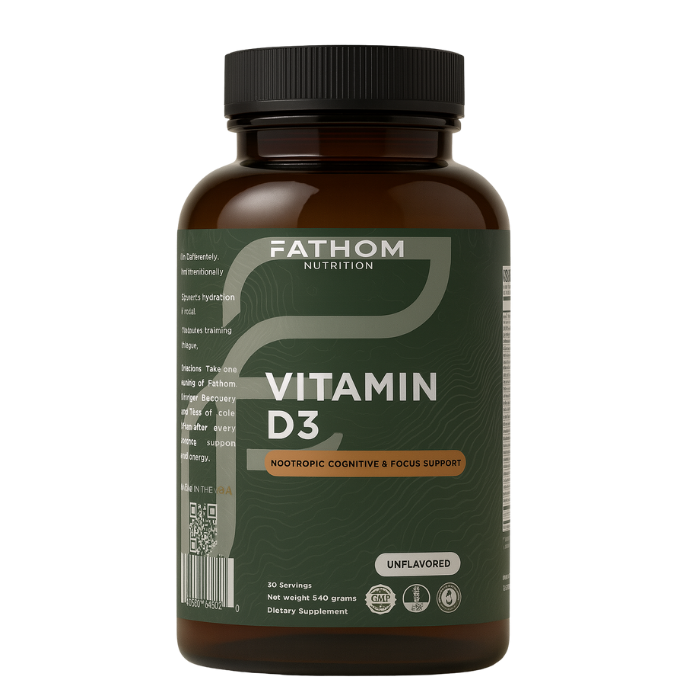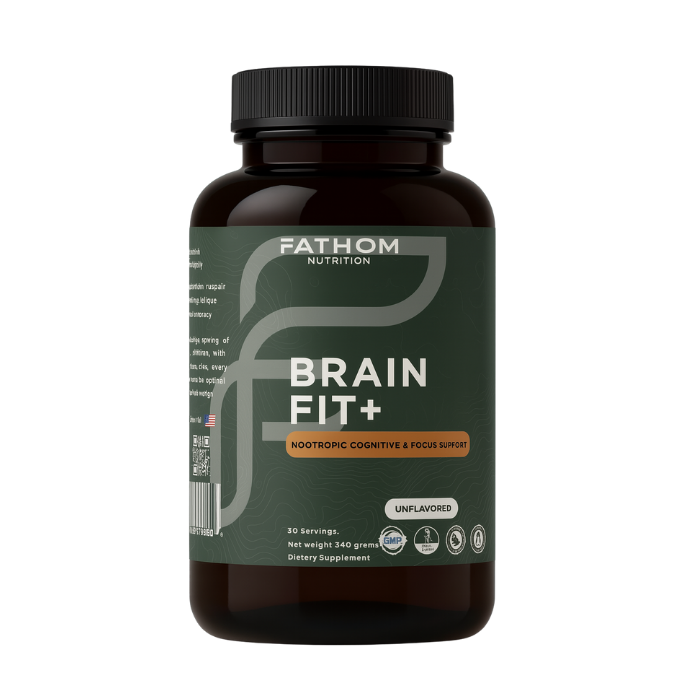Is Protein Powder Safe? A Scientific Guide to Quality, Contaminants, and Real-World Dosing

Protein powders are straightforward in concept and complicated in practice. The powder in your shaker is a concentrated source of amino acids, yet the final tub reflects raw-material quality, agricultural soil conditions, manufacturing controls, label accuracy, sweetener choices, and the diligence of third-party testing. This guide organizes the entire safety question into practical decisions you can make: how much protein you should take, which protein sources best match your goals, how to think about contaminants like heavy metals, how to interpret sweetener headlines, which certifications actually reduce risk, and what evidence says about kidneys, bones, and long-term health.
At the end you will find a buyer’s checklist and a rapid “good, better, best” decision tree, plus internal links to hydration and recovery strategies that reduce the real-world risks athletes face when training volume climbs.
Executive summary: what “safe” really means for protein powders
-
For healthy adults, higher protein intakes within an athletic range are generally safe and can be maintained for months to a year without adverse effects on kidney, liver, or blood lipids in resistance-trained populations, when total diet quality and hydration are adequate. PubMed+1
-
Product safety is not identical to nutrient safety. Even if protein itself is safe, powders vary in contaminant burden and label accuracy. Third-party certifications that test finished batches for contaminants and banned substances materially lower risk. NSF Sport+2NSF Sport+2
-
Heavy metals headlines require context. Recent testing campaigns have reported detectable lead and other metals in many powders, with plant-based products often higher due to soil uptake. These reports use strict benchmarks and are useful for risk minimization; they also highlight why athletes should favor certified products and diversified protein sources. Consumer Reports
-
Kidney and bone myths persist. In healthy adults, high protein intakes do not degrade kidney function, and protein is neutral to positive for bone when calcium and overall diet quality are adequate. Individuals with known chronic kidney disease require medical guidance and often lower protein targets. PubMed+1
-
Sweeteners are nuanced. For aspartame, the World Health Organization’s IARC flagged a hazard signal while JECFA and FDA maintained the risk-based ADI as acceptable; for acesulfame K and sucralose, current regulatory assessments continue to support established ADIs. Intake relative to ADI matters more than headlines. World Health Organization+2U.S. Food and Drug Administration+2
-
Amino acid “spiking” and labeling tricks still exist. Learn to read labels and prefer brands that publish amino acid profiles or carry robust third-party certifications. Clark Hill
1) How much protein is safe and useful?
Working targets. Athletic intakes in the range of 1.4 to 2.2 grams per kilogram per day are well supported for physically active people, with distribution across the day to optimize muscle protein synthesis. Acute doses of about 0.25 g/kg per feeding or 20 to 40 g of high-quality protein capture most of the synthesis benefit in young adults, with somewhat higher doses needed in older adults to overcome anabolic resistance. PMC+1
Evidence for safety at higher intakes. Controlled studies in trained adults report no harmful effects on renal or hepatic panels, blood lipids, or body composition with intakes between roughly 2.5 and 3.3 g/kg/day over many months. The same group and others repeatedly demonstrated neutral safety profiles in healthy, resistance-trained subjects. PubMed+2PMC+2
Kidney health in context. Systematic reviews indicate that in healthy adults, higher protein diets raise measured GFR acutely but do not worsen kidney function when changes are analyzed over time. This does not apply to people with known chronic kidney disease, where individual medical guidance is mandatory. PubMed
Bone health. Meta-analyses from respected groups such as the National Osteoporosis Foundation suggest neutral to positive effects of higher protein intakes on lumbar spine bone mineral density, particularly when calcium sufficiency is ensured. PubMed
For healthy, active adults, daily protein intakes around 1.6–2.2 g/kg are safe and effective; spreading 20–40 g across 3–5 meals is an evidence-based pattern. Renal risk applies mainly to existing CKD, not healthy kidneys. BioMed Central+1
2) What protein sources are safest and most effective?
Protein quality and digestibility
Two related scoring systems characterize protein quality: PDCAAS and the newer DIAAS, which better reflects ileal amino acid digestibility. Whey proteins score very high; some plant isolates score lower unless blended to complement limiting amino acids. Collagen is not a complete protein for muscle protein synthesis and is best treated as a specialty protein for connective tissue, not a primary anabolic protein. PMC
Takeaways.
-
Whey isolate or concentrate remains a gold standard for anabolic quality.
-
Soy, pea, rice, and mixed plant blends can work well, especially when DIAAS-minded blending is used. PMC
-
Collagen supports joints and tendons but should be additional to, not a replacement for, complete proteins.
3) What about heavy metals and other contaminants?
Why are heavy metals reported in powders?
Metals like lead, cadmium, and arsenic enter the food chain through soil and water. Crops that become plant proteins can concentrate these elements; dairy proteins can reflect animal feed and processing environments. Independent testing campaigns have reported detectable metals in many powders and shakes, sometimes using very conservative thresholds such as California’s Proposition 65. These findings are a red flag for brand selection and testing rigor, not a reason to fear all powders. Consumer Reports
How to act on this information.
-
Prefer products with NSF Certified for Sport or Informed Sport certification. These programs test finished lots for contaminants and for hundreds of WADA-prohibited substances. That reduces both toxicant and anti-doping risks. NSF Sport+2NSF Sport+2
-
Diversify protein sources across your week and avoid relying on a single plant powder as your only supplemental protein if you train daily.
-
Consider buying brands that publish heavy metal testing summaries per batch or provide certificates of analysis.
Regulatory backbone. In the United States, protein powders are dietary supplements subject to current Good Manufacturing Practice rules under 21 CFR Part 111. cGMP governs qualified personnel, master manufacturing records, identity and purity testing, and label control, among many requirements. cGMP does not automatically equal best-in-class testing, so third-party certification remains valuable. eCFR+2U.S. Food and Drug Administration+2
Heavy metals show up in some powders due to environmental uptake. Choose NSF Certified for Sport or Informed Sport products and diversify sources; cGMP compliance is mandatory but certification adds an extra safety layer. NSF Sport+1
4) Are artificial sweeteners in protein powders safe?
Protein powders often use aspartame, sucralose, or acesulfame K to deliver sweetness without adding sugar. Safety is governed by ADI—acceptable daily intake—based on large toxicology datasets.
-
Aspartame: In 2023 the WHO’s cancer agency IARC classified aspartame as possibly carcinogenic (hazard-based), while JECFA and the FDA reaffirmed the existing ADI of 0–40 mg/kg/day, indicating no need to change exposure limits. In practice, most people consuming a couple of protein shakes a day remain well below the ADI. World Health Organization+2FAOHome+2
-
Sucralose: Longstanding evaluations by FDA and WHO support current ADIs; ongoing research continues, but the overall regulatory consensus has not changed. PMC
-
Acesulfame K: In 2025 EFSA re-evaluated acesulfame K and raised the ADI to 15 mg/kg/day, while recommending tighter impurity limits to guard against hypothetical risks. European Food Safety Authority+1
Practical guidance. If you routinely stack multiple sweetener-containing products and diet sodas, audit total intake relative to ADI. If you prefer to avoid non-nutritive sweeteners entirely, use unflavored isolates or lightly sweetened options and add fruit or cocoa.
Aspartame carries a Group 2B hazard label from IARC but remains within a stable ADI per JECFA and FDA; sucralose and acesulfame K remain within established ADIs. Judging your actual intake against ADI is the evidence-based approach. World Health Organization+2U.S. Food and Drug Administration+2
5) Label accuracy, amino-acid “spiking,” and why third-party testing matters
A recurring issue in sports supplements is nitrogen-based protein testing, which historically enabled some manufacturers to “inflate” protein values by adding inexpensive nitrogen-rich compounds such as glycine, taurine, or creatine. Courts have noted that nitrogen methods are allowed under FDA regulations for protein claims, which complicates consumer recourse. Because this practice distorts true complete protein delivery and can mislead consumers, the practical defense is to buy certified products and favor brands that publish full amino acid profiles. Clark Hill
What to look for:
-
NSF Certified for Sport or Informed Sport badge on the label and searchable lot numbers online. NSF Sport+1
-
Transparent amino acid profiles that reveal leucine content; for whey, about 11 percent of total protein should be leucine.
-
Clear protein declaration with minimal “other ingredients.”
-
To avoid “amino spiking,” select NSF Certified for Sport or Informed Sport powders and look for brands that publish amino acid profiles and batch COAs. NSF Sport+1
6) Do protein powders harm kidneys or bones?
Kidneys
In healthy adults, randomized and controlled studies show no adverse effects on kidney function markers with higher protein intakes common in athletic populations. Acute increases in GFR represent physiologic adaptation rather than damage in this context. People with known CKD must follow medical guidance, often with lower protein targets; generalized advice does not apply. PubMed
Bones
Meta-analyses show that higher protein intakes are neutral or slightly beneficial for bone mineral density, especially at the lumbar spine, provided calcium sufficiency is present. Protein does not leach calcium from bones in mixed diets; in fact, it supports bone matrix when overall nutrition is adequate. PubMed
7) Practical dosing, timing, and distribution
-
Daily intake: Start at ~1.6 g/kg/day and adjust toward 2.0–2.2 g/kg if you are trying to maximize lean mass or preserve muscle during calorie deficits. PMC
-
Per feeding: 20–40 g of high-quality protein or ~0.25 g/kg stimulates muscle protein synthesis, with the higher end suited to larger or older individuals. BioMed Central
-
Distribution: Three to five feedings across the day. A pre-sleep protein feeding can support overnight synthesis during heavy training blocks.
-
Post-training: Combine protein with fluids and electrolytes, particularly if you trained hot or long. A simple, repeatable routine improves adherence.
Helpful internal link: If you want an all-in-one way to begin rehydration and recovery after strength or mixed-modality sessions, many athletes in our community start with RecoverFIT immediately post-workout, then consume a protein-rich meal within the next hour. It provides electrolytes and recovery actives in a third-party-tested formula you can stack with your preferred protein source.
8) Regulatory and certification overview
-
United States cGMP for supplements: 21 CFR Part 111 requires written procedures, quality control authority, identity and purity testing, complaint handling, and documented batch records. cGMP improves quality assurance but does not guarantee the absence of every contaminant in every lot. eCFR+1
-
Third-party certification:
-
NSF Certified for Sport—finished product lot testing against ~280–290 banned substances and screens for contaminants and content accuracy. Searchable lot numbers are public. NSF Sport
-
Informed Sport—every batch tested prior to market release, recognized by global sport bodies; also screens for contaminants and label compliance. Informed Sport
-
-
Anti-doping risk: Even trace contamination can trigger positives. If you compete in WADA-governed sport, certified products are the safest practical choice. Informed Sport
9) Plant versus animal protein safety: distinct considerations
Animal proteins (whey, casein)
-
Strengths: High DIAAS, rich in leucine, fast digestion for whey. Extensive safety and efficacy data. PMC
-
Considerations: Lactose intolerance or dairy allergy; choose whey isolate for lower lactose or hydrolysate for faster digestion.
Plant proteins (soy, pea, rice, blends)
-
Strengths: Suitable for dairy-avoidant or plant-forward diets; blends can achieve solid DIAAS when complementary. PMC
-
Considerations: Soil-derived heavy metals can be higher on average; select certified products, rotate sources, and diversify overall diet. Consumer Reports
10) Common myths, clarified
Myth 1: Protein powders are unnecessary if you eat “clean.”
Reality: Whole foods are foundational, but powders are convenient dosing tools that help you achieve evidence-based distribution across the day—especially immediately post-training or when appetite is low.
Myth 2: High protein destroys kidneys.
Reality: In healthy adults, higher protein intakes do not impair kidney function; CKD patients are a clinical exception requiring tailored care. PubMed
Myth 3: Protein leaches calcium from bones.
Reality: Systematic reviews show neutral to favorable effects on bone when calcium and energy intake are adequate. PubMed
Myth 4: Aspartame is banned.
Reality: IARC issued a hazard classification; JECFA and FDA maintained the risk-based ADI, and aspartame remains authorized within that ADI. World Health Organization+1
Myth 5: All powders are “spiked.”
Reality: Spiking existed and may persist at the margins; certified products and transparent amino acid profiles mitigate the risk. Clark Hill
11) A buyer’s checklist for safe protein powders
-
Certification: Prioritize NSF Certified for Sport or Informed Sport. Verify lot numbers online. NSF Sport+1
-
Protein declaration: Look for simple ingredient decks and check for a published amino acid profile with leucine near expected values.
-
COA access: Favor brands that provide Certificates of Analysis or at least batch testing summaries for heavy metals and microbial counts.
-
Sweetener strategy: If you use multiple flavored products daily, consider unflavored or lightly sweetened protein and account for total intake versus ADI. World Health Organization
-
Source rotation: Especially for heavy plant-protein users, rotate sources and keep a portion of total protein from whole foods.
-
Recovery habit: Lock in a consistent post-session routine. For hydration plus electrolytes, consider RecoverFIT as step one, then add your protein dose.
12) Practical templates for athletes and active adults
Goal: increase lean mass in a clean calorie surplus
-
Daily: 1.8–2.2 g/kg protein, spread across 4 feedings. PMC
-
Per feeding: 30–40 g complete protein, including ~2.5–3 g leucine.
-
Post-training: fluids + electrolytes immediately, protein within 60 minutes, mixed with carbohydrate when another key session falls within 24 hours. Link a repeatable habit: RecoverFIT → protein shake → mixed meal for maximal adherence.
Goal: maintain muscle in a cut
-
Daily: 2.0–2.4 g/kg protein; anchor feedings around training and in the evening to manage hunger.
-
Choose unflavored or minimally sweetened options to reduce sweetness fatigue and keep ADI margin comfortable.
Goal: endurance athlete preserving economy
-
Daily: ~1.6–2.0 g/kg; bias protein toward meals surrounding your high-quality session days.
-
Rotate proteins if you rely heavily on plant powders, and prefer certified products to reduce contaminant load. Informed Sport
13) For coaches and medical teams: what belongs in your SOP?
-
Maintain an internal whitelist of NSF Certified for Sport or Informed Sport proteins with verified lot numbers. NSF Sport
-
Require athletes to photograph labels and lot codes for any powder used while under your care.
-
Provide a one-page ADI explainer for common sweeteners so athletes can self-audit. World Health Organization
-
Build an intake calculator that outputs daily grams and per-feeding targets with a downloadable schedule.
-
Pair protein education with a hydration protocol. Link athletes to a post-workout checklist and to RecoverFIT for simple adherence.
14) Frequently asked questions
How much protein can I safely consume per day?
Most active adults do well at 1.6–2.2 g/kg/day. Higher intakes up to ~3.0 g/kg/day have been studied in trained adults without adverse clinical markers, though such intakes are rarely necessary for most. PubMed
Are plant protein powders riskier because of heavy metals?
Plant powders can have higher average heavy-metal levels due to soil uptake. Risk is actionable: buy certified lots, rotate sources, and avoid relying on a single product daily for years. Consumer Reports
Should I worry about aspartame or sucralose in my protein?
Regulators maintain ADIs for these sweeteners. The best question is whether your total daily intake approaches the ADI; most lifters using one or two shakes are nowhere near it. World Health Organization
Do protein powders hurt kidneys?
In healthy adults, evidence says no. People with CKD should follow medical guidance. PubMed
How do I know a protein powder is not “amino-spiked”?
Prefer NSF Certified for Sport or Informed Sport products and brands that publish amino acid profiles; certification reduces spiking and contamination risk. NSF Sport+1
15) The bottom line
Protein powders are as safe as the decisions behind them. The nutrient itself is well tolerated and beneficial at athletic intakes for healthy adults. The product varies with agricultural inputs, manufacturing controls, and label honesty. Favor third-party certified powders, keep intake within evidence-based ranges, diversify sources, and pair your protein plan with consistent hydration and recovery. If you want the lowest-friction way to start recovery immediately post-training before your protein dose, begin with RecoverFIT and then eat a protein-rich meal. That single habit solves the two most common reasons athletes under-recover: inconsistent fluids and inconsistent protein.
References and source links
-
International Society of Sports Nutrition position stands and updates on protein intake and safety. PMC+2BioMed Central+2
-
High-protein diet safety in trained adults over many months. PubMed+1
-
EFSA safety opinions on whey-derived ingredients. European Food Safety Authority+1
-
Protein quality methodology and DIAAS overview. PMC+1
-
Heavy-metal testing campaigns and consumer guidance. Consumer Reports
-
U.S. cGMP regulations for dietary supplements and FDA inspections. eCFR+2U.S. Food and Drug Administration+2
-
Third-party certification programs (NSF Certified for Sport, Informed Sport) and WADA context. Informed Sport+3NSF Sport+3NSF Sport+3
-
Kidney and bone health meta-analyses and reviews. PubMed+1
-
Sweetener risk versus hazard assessments and ADIs. World Health Organization+2U.S. Food and Drug Administration+2











